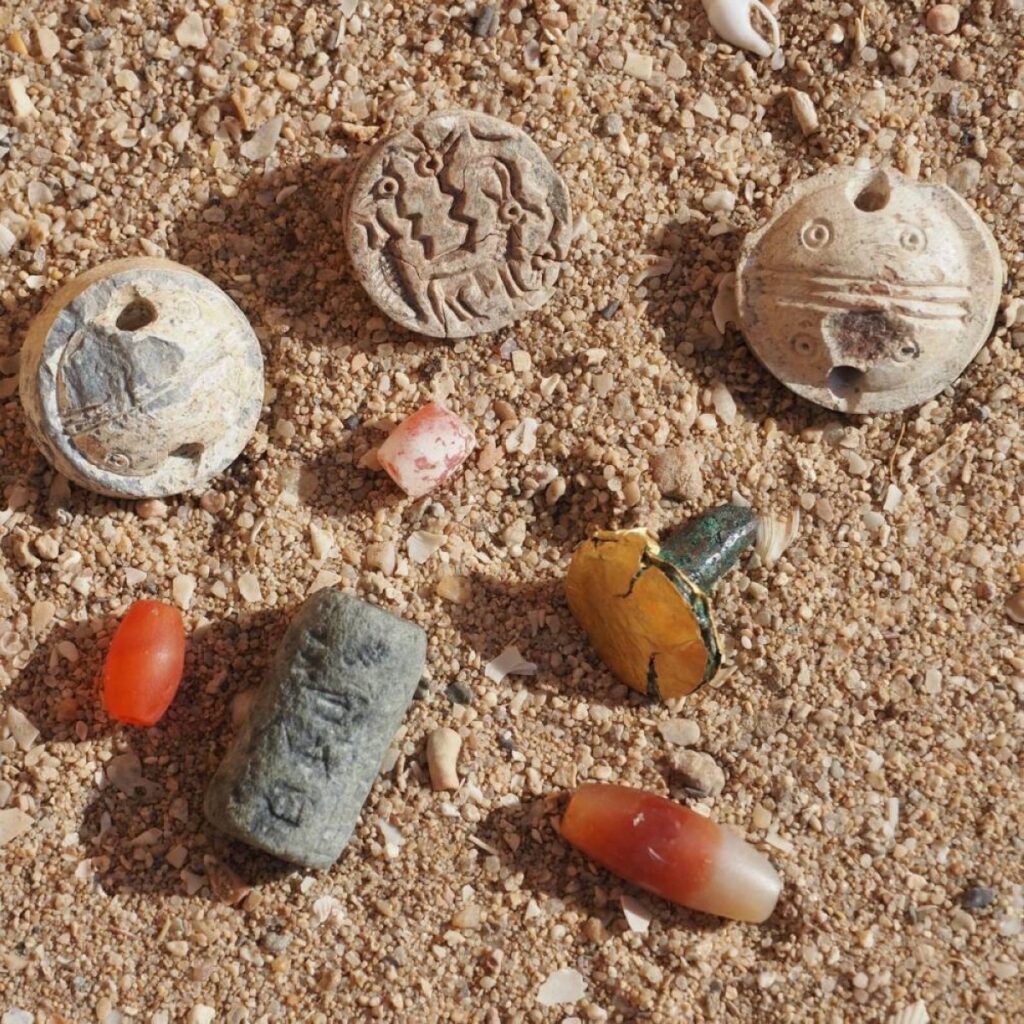KUWAIT: The National Council for Culture, Arts and Letters (NCCAL) announced on Sunday the discovery of a Bronze Age temple dating back nearly 4,000 years to the Dilmun Civilization on Failaka Island, Kuwait, during the 2025 archaeological excavation season.
The discovery was made in collaboration with a joint Kuwaiti-Danish archaeological team from Moesgaard Museum.
Acting Assistant Secretary-General for the Antiquities and Museums Sector at NCCAL, Mohammad bin Redha, told KUNA that the team successfully uncovered the complete layout of a Bronze Age temple belonging to the Dilmun Civilization, located beneath another temple that has been announced during the previous excavation season.
He explained that excavations confirmed the presence of two superimposed temples at the same site, both dating back about 4,000 years.
Bin Redha emphasized NCCAL’s ongoing support for archaeological missions across Kuwait through excavation, restoration, and scientific research efforts aimed at highlighting the nation’s ancient heritage and preserving its cultural legacy.
The team’s work focused on the area east of the “Palace” and the “Dilmun Temple” sites, situated on a mound known as Tell F6, which dates to the early Dilmun period of the Bronze Age.
Head of the Danish mission in Kuwait, Dr. Stefan Larsen, stated that earlier excavation seasons revealed wall remains believed to be part of a small temple platform dating to around 1900 B.C., measuring approximately 11 by 11 meters.
This, he said, confirms the continuity of the Dilmun Civilization on Failaka Island.This season’s excavations uncovered the foundations of an even older temple beneath the previously discovered one, also belonging to the Bronze Age. Artifacts such as seals and pottery vessels found at the site further confirm the temple’s association with the early Dilmun period, providing important insight into the religious practices of the Dilmun people, he added.
Professor of Archaeology and Anthropology at Kuwait University, Dr. Hassan Ashkanani, affirmed that discovering two Dilmun temples dating between 1900 and 1800 B.C. represents a unique archaeological achievement in Kuwait’s history.
He noted that the discovery brings the total number of known temples in the southwestern region of Failaka Island to four adjacent temples from the same era, underscoring the area’s significance as a major administrative and religious center during the Bronze Age and reflecting the development of the Kingdom of Dilmun, which flourished on Failaka alongside other sites such as Al-Khader Port and Tell Saad.
Dr. Olle Herschland, who has supervised excavations since 2022, said this season’s research focuses on architectural analysis and daily activities carried out within the temples, as they represent key religious, cultural, and political institutions in the island’s history. – KUNA

